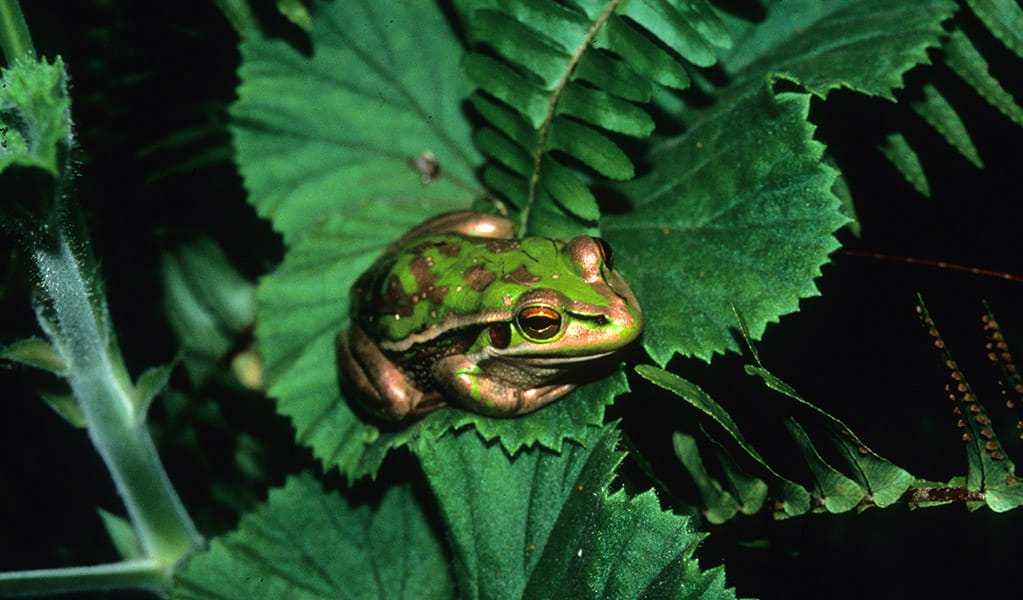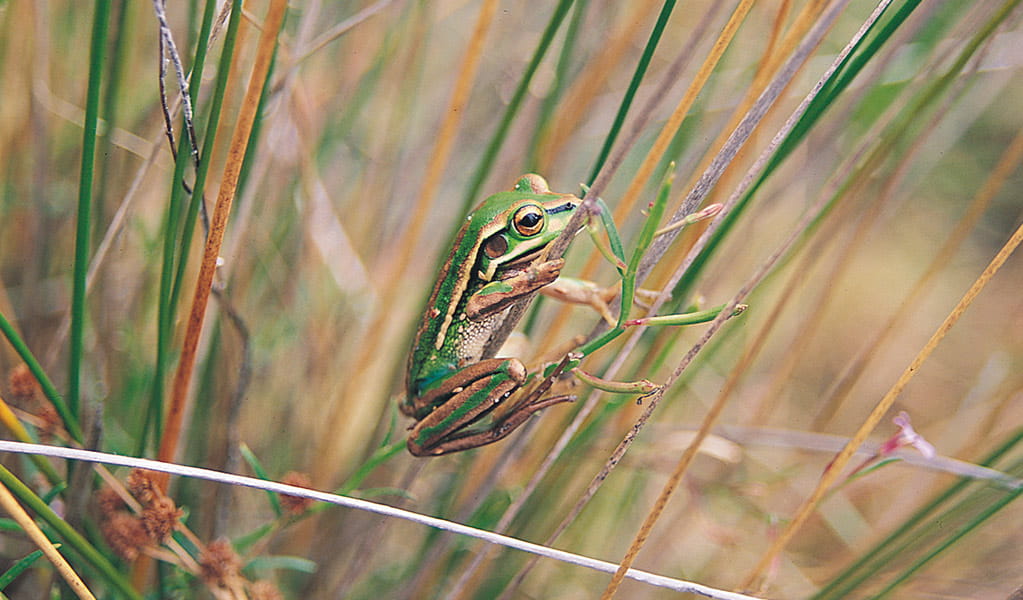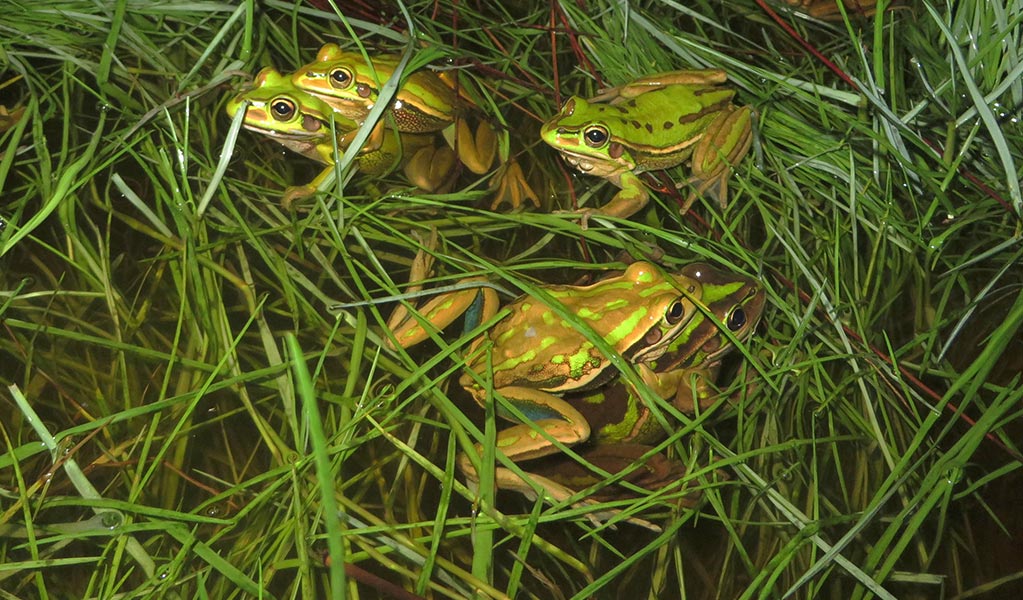Green and golden bell frog
The green and golden bell frog is an endangered Australian frog. Once common on the NSW coast and tablelands, populations have plummeted around 90 percent.
Growing to a whopping 85mm in length, green and golden bell frogs are one of Australia’s largest and most distinctive native frogs. They’re named for their pea-green colouring and creamy-gold markings, including a stylish ‘racing-stripe’ on each side.
Population freefall
Historically, green and golden bell frogs were one of the most common frogs of the NSW coast and tablelands. They were found from the far northern NSW coast down to Victoria, and inland.
In the last half century, their numbers and distribution have drastically declined. Today, it’s estimated they remain across just 10 percent of their former range in small, isolated populations mostly around Sydney, the Shoalhaven and mid-north Coast. This freefall means they’re listed as an endangered species in NSW.
Hazardous times
Green and golden bell frogs face many hazards. Threats include the draining of wetlands, water pollution, cat and fox predation and the catastrophic introduction of the frog egg-eating eastern mosquito fish (Gambusia holbrooki).
The greatest threat to these colourful creature’s survival is infection from the deadly frog chytrid fungal disease.
3 facts about green and golden bell frogs
Animal facts
- Common name
- Green and golden bell frog
- Scientific name
- Litoria aurea
- Conservation status in NSW
- Endangered
- Become a citizen scientist. Take part in Australia’s biggest frog count during FrogID Week held annually in November.
- Learn more about frog chytrid fungus. See how you can help stop it spreading and what to do if you find a sick frog.
A worldwide frog pandemic
Frog chytrid fungus is a major cause of global amphibian population declines and extinctions worldwide. Of the 218 described native Australian frog species, more than a quarter are known to suffer infection from chytrid disease.
The fungus thrives in moist, relatively cool conditions. Green and golden bell frogs are most at risk of infection during winter, a time when frogs might struggle to raise their own body temperatures to thresholds above which they could shed themselves of the fungus. Protecting and restoring habitats where bell frogs live, as well as tackling their other known threats, is key to giving bell frogs the chance of surviving the disease.
Insurance population
One lucky bunch of green and golden bell frogs currently living on Broughton Island off the NSW central coast is completely chytrid-free - a precious insurance population that frog researchers are understandably keen to protect.
Get involved
Now more than ever our native wildlife needs our support. Here's how you can help:
You might also like
-
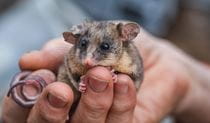
Protecting threatened species in parks
Around 84% of the approximately 900 threatened species in NSW are found in our national parks and reserves. Find out what we're doing to protect threa...
-
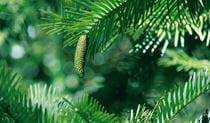
Assets of Intergenerational Significance (AIS)
Assets of Intergenerational Significance (AIS) are declared to bolster protections for an area with exceptional environmental or cultural values, like...
-
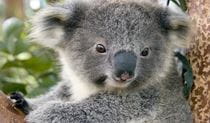
Saving our Species conservation program
Today, we're at risk of losing nearly 1000 of our state's native animals and plants. That's why the NSW Government established Saving our Species. It'...
-
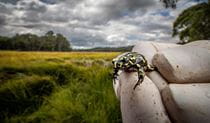
Threatened Species Framework for zero extinctions
The NSW National Parks and Wildlife Service (NPWS) Threatened Species Framework outlines a series of actions to meet our commitment of zero extinction...

